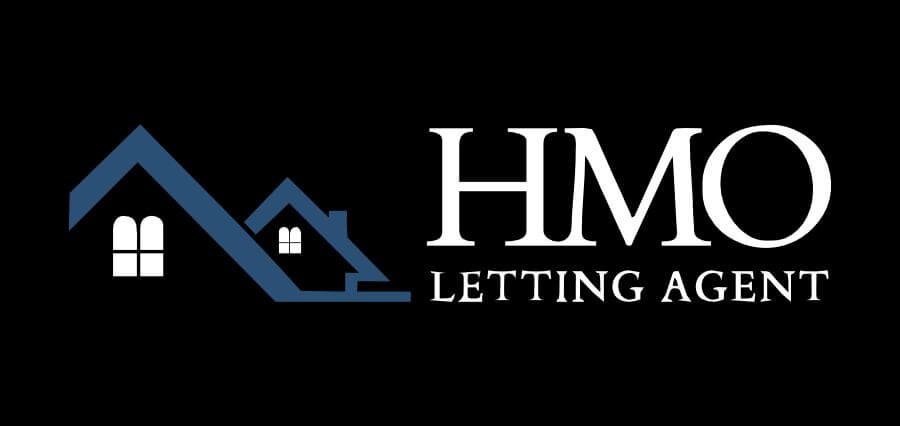Having a sign outside of a building can effectively grab people’s attention while also delivering a message and leaving a lasting impact on them. Businesses and other groups are frequently confronted with a choice: whether to opt for signage or stick with standard options.
These two alternatives each come with their own set of benefits. This article aims to shed light on both choices so readers can make informed decisions.
Understanding Standard Signage
Generic external building signage pertains to made signs in sizes and colours that follow typical design formats for a consistent appearance across various options while also being budget-friendly for organizations. Standard signs offer an advantage in terms of accessibility due to their availability factor. By utilizing templates provided by businesses, they can efficiently acquire signage promptly, which helps minimize delays. This swift process is particularly beneficial for individuals seeking solutions.
Benefits of Custom Signage
Designs for signs offer versatility in creating elements to suit the individual requirements of different companies. Using custom features like logos and unique color combinations, along with personalized messages, can strengthen a brand’s visibility amidst competition. Custom signs can also cater to specific needs by allowing designers to craft signage that fits designated areas perfectly for maximum visibility and effective communication of intended messages.
Comparing Costs: Custom vs. Standard
When making a choice between custom and standard signage, cost is a factor to consider in the decision-making process. Standard signs are typically budgeted upfront because they are produced in large quantities, making them an appealing option for startups or individuals working within tight financial constraints. Personalized signs may come with a price tag and bring value through their unique touch and customization options.
Durability and Longevity
When choosing signage options for outdoor use, durability is a factor to consider. Standard signs crafted from materials may not last long. Exposure to elements like weather can impact their longevity, resulting in the need for frequent replacements. Personalized signage offers businesses versatility in choosing the materials used for their signs. Companies have the option to pick top-notch materials that can endure conditions for long-lasting results.
Installation and Maintenance
The ease of installation and maintenance needs can greatly impact the selection of signage options. Take, for example, signs that typically come with fixed designs and easy-to-follow installation instructions. These simple guidelines can help save time and reduce labour expenses significantly. The installation procedures for bespoke signs may be more intricate due to their designs, but they can enhance the overall look and professionalism significantly, which is worth the effort put in during setup.
Environmental Considerations
In today’s world, which values the environment more and more every day, sustainability plays a significant role in decision-making processes. Traditional signs often use materials that harm the environment, so businesses looking for alternatives should consider personalized signage options. Organizations can opt for custom signs that use eco-friendly materials and energy-saving lighting choices to support green efforts and show a dedication to sustainable practices.
Enhanced Brand Identity with Custom Signage
Custom signage offers unparalleled opportunities for establishing a unique brand identity. By incorporating bespoke elements like distinct typography, graphics, and even interactive features, businesses can create a visual representation that aligns perfectly with their brand values and message. This distinctive presence helps set a business apart in a competitive market, ensuring potential customers remember and associate the signage with the company. Standard signs, while functional, lack the ability to convey such a tailored brand personality.
Flexibility in Design and Updates
One of the standout advantages of custom signage is the flexibility it provides. Businesses can adapt designs to reflect seasonal promotions, new offerings, or rebranding efforts, ensuring their signage remains fresh and relevant. This adaptability is especially beneficial in dynamic industries where trends evolve rapidly. Standard signage, with its fixed designs, limits this level of customization, potentially causing a brand to appear stagnant or outdated over time.
Conclusion: Making the Right Choice
In the end, the decision on whether to go for standard external building signage varies based on factors such as budget constraints, brand image needs, and eco-friendly preferences. Conventional signage presents easily accessible options that cater to requirements. On the other hand, customized signage, despite being potentially pricier, allows for touches and ensures long-lasting and eco-conscious solutions. Businesses need to assess their priorities by taking into account aspects like visibility and brand reputation while also considering long-term advantages in order to make informed choices about signage that effectively conveys messages and boosts brand visibility. Opting for signage can influence the success of a business venture. A company should emphasize quality and relevance when choosing custom signage that aligns with its core values. Chosen signage can act as an instrument that resonates with viewers and makes a lasting impact.















